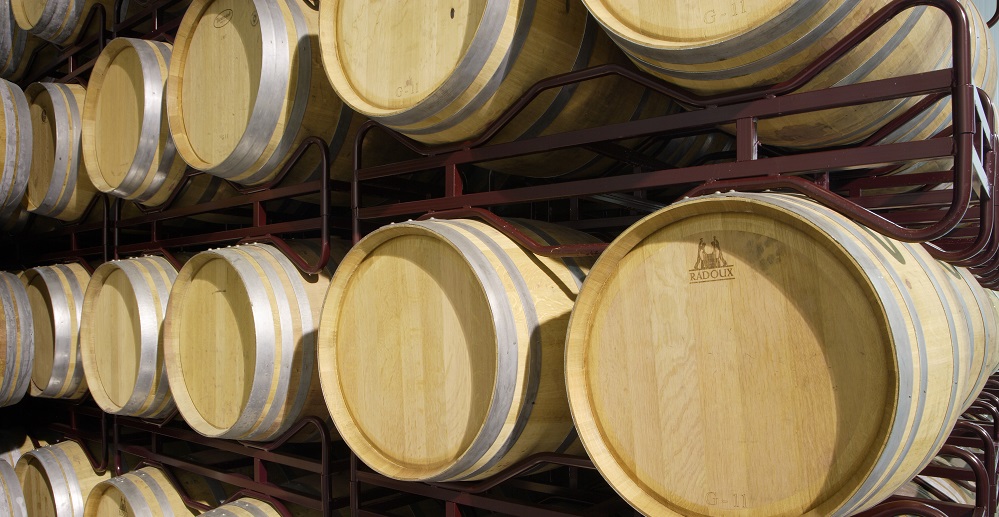One of the great virtues, if not the greatest, of the great winegrowing areas of the world is the ability to produce wines for cellaring. Opening a bottle after fifteen, twenty… or even fifty years since the grapes were harvested are satisfactions that are difficult to match with any other consumer product and that, of course, make any winemaker proud.
In Spain, perhaps it is this potential demonstrated over centuries of winemaking that distinguishes Rioja from other wine-growing areas, which have expanded more recently and have therefore had much shorter histories in the production of quality wines. In any case, the first thing to know is that not all wines are for cellaring.
Normally, fresh reds, whites and rosés from the last harvest are usually consumed the year after they are harvested, although of course they are not all the same. Especially in the case of whites, many people think that by the second year they will have lost much of the ‘sparkle’ that is required of them, but there are grape varieties, such as Godello, typical of Valdeorras, that have shown a magnificent evolution in the bottle. This is also the case for the verdejoat least with an elaboration as we do with our Montepedroso Farm that, even without passing through wood, we age for months in storage with their own lees to gain mouthfeel and complexity so that the wine will not only hold up, but will be more complex in later years after bottling. In other words, we can also speak of an upward curve in certain white wines.
Viura is another variety that also gains in the bottle. This is the case, of course, of the traditional Rioja whites, aged or fermented in wood, which express themselves best in later years, even several and, in some very special productions, even decades later. White breedingThis is also spreading in other winegrowing areas to the point that we can speak of a new trend in the production of whites towards greater volume and complexity, which means that pale colors, so fashionable in recent years, are no longer in demand in favor of greater forcefulness, volume in the mouth, and personality in whites.
In the case of reds, there is also an evident change in the trend of production. The tannic ‘bombs’, with aging in new oak, even with double new oak and high toast, so fashionable in the first decade of the millennium, have passed into history. The cellaring capacity of wines is directly related to the concentration of polyphenols: the grapes must produce them, the winemaker must be able to extract them in the cellar and the barrel, through micro-oxygenation, must polymerize them.
The obsession with over-extraction to achieve such powerful wines was an enemy of the reds’ cellaring guarantee because it implied important imbalances in basic parameters such as acidity or pH. At Martínez Bujanda FamilyWe have always worked to offer our customers wines that evolve clearly over time and which, although there is still a long way to go, leave the winery in perfect condition for immediate consumption.
Our long aging exponent is
Finca Valpiedra
a wine to which we grant a minimum of twenty years of life for optimal consumption. The aging capacity is one of the great virtues of Tempranillo and allows the consumer to enjoy an intense wine with a very high fruit content in its first years of life and a wine that is still fruity, but more complex and rested as time passes in the bottle. Like life itself.




